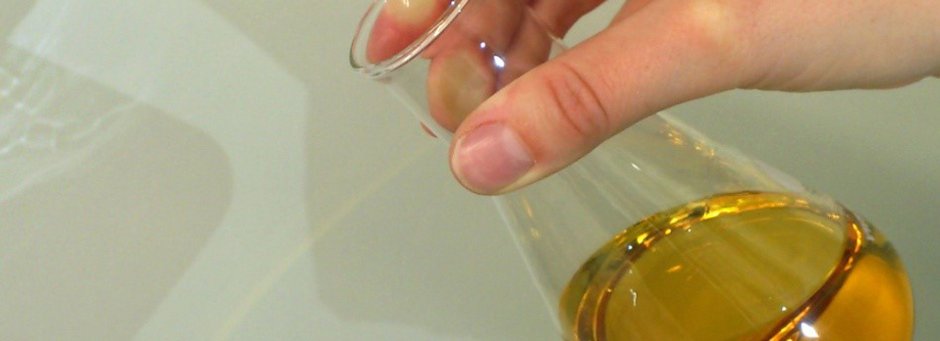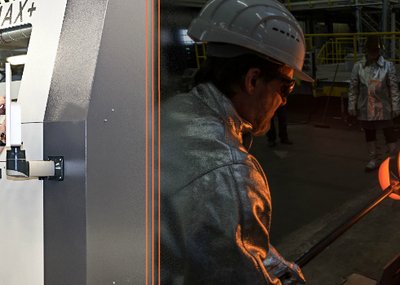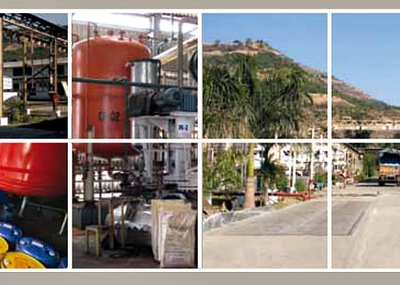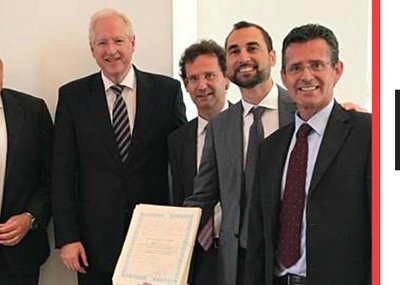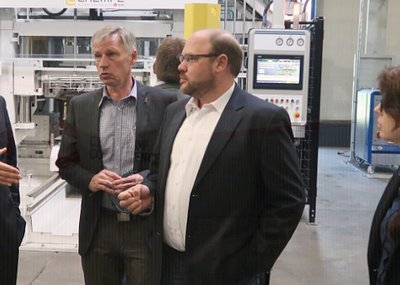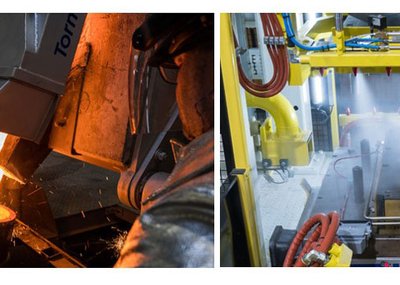Biodiesel in Cold-Box Binders Helps to Protect the Environment
Twenty years ago, researchers at Hüttenes-Albertus achieved a decisive break-through in improving the environmental properties of the cold box binder sys-tem. By using biodiesel as a solvent, benzene, toluene and xylene (BTX) emis-sions could be significantly reduced – an invention that is continuing its success in foundries to this day.
For some decades, the cold box system has been one of the most prevailing core pro-duction processes. It meets many key requirements that foundries have, particularly for automated series production: high productivity through quick curing, high strengths at a low dosage as well as high-quality castings due to good thermal resistance and good collapse behaviour.
Although the cold-box system offers many economic and manufacturing benefits, there is, however, one downside to it: emissions generated during core production and casting burden the natural and workplace environments.
Rapeseed oil reduces BTX emissions
Researchers at Hüttenes-Albertus (HA) successfully tackled this problem. 20 years ago, HA chemists, Dr. Marek Torbus and Gerard Ladégourdie, managed to improve the environmental compatibility of the Cold-Box binder system by substituting the aromatic solvents that were normally used with fatty acid methyl esters (biodiesel). This helped to reduce BTX emissions significantly – both during core production and also during cast-ing.
The modified cold-box system with solvents on the basis of vegetable oil offered clear advantages and became a success story that still continues today. As the inventor of the environmentally friendly binder system, Hüttenes-Albertus can now look back on 20 years of experience and expertise.
Further benefits: less amine, less release agent
In addition to the clear benefit for the environment and work place, the system also of-fers a number of other advantages: the biodiesel-based cold-box variant is highly reac-tive, which reduces the consumption of amine as a catalyst.
Moreover, it has an excellent release effect, i.e. it has a lower tendency to stick to the core tool surface than a cold-box binder on the basis of aromatic solvents. For found-ries, this means improved efficiency, since less release agent is needed. Plus, the cleaning intervals are longer, which contributes to higher productivity.
Aliphatic instead of aromatic solvents
The cold-box process is based on the formation of polyurethane from two components, which are added to the core sand: a phenolic resin (also called gas resin or part 1) and an activator (part 2, polyisocyanate). A tertiary amine is used to catalyse the polymeri-sation reaction of these two components.
The reactive components of part 1 and part 2 are available in dissolved form. The sol-vents contained in these components ensure sufficient liquidity of the product and serve as a carrier medium to provide good mixability with the sand. In addition, they control key properties, such as the sand bench life, feasibility of using water-based coatings, moisture resistance of the cores and collapse behaviour.
Traditionally, aromatic hydrocarbons were used as a solvent. As a result of the thermal load during the casting process, they have the disadvantage of producing undesired decomposition products (particularly BTX) that are emitted into the air. Aliphatic sol-vents based on fatty acid methyl esters (e.g. from rapeseed oil) considerably reduce the level of harmful emissions, both in iron and aluminium casting.
Renewable resource
Biodiesel is made from renewable resources. Meeting all physical requirements for a solvent to be used in polyurethane binding systems, it is a starting product that is odour-less and non-hazardous to health. Moreover, biodiesel is not classified as flammable, which simplifies transportation and storage.
The foundry experts at Hüttenes-Albertus have extensive experience in using environ-mentally friendly core production processes. They work closely with the foundries when introducing new binder systems, provide advice on how to optimise processes and help to solve quality problems.
Partner
Foundry Corporate News
Topic Chemicals
Topic Coremaking
Topic Sand & Binders
Topic Gravity diecasting
Topic Machine mould casting
Hüttenes-Albertus’ 20-year success story
Lesedauer: min
[5]

